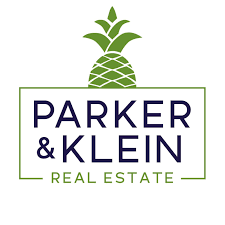
BUILDINGS
Commercial real estate buildings can be beneficial for urban neighborhoods for several reasons:
-
Economic Development: New businesses create jobs and stimulate the local economy. This can increase overall wealth in the neighborhood and reduce unemployment.
-
Increased Tax Revenue: Commercial properties often generate higher tax revenues for municipalities, which can be used to improve public services, infrastructure, and amenities in the area.
-
Enhanced Local Amenities: The introduction of retail, restaurants, and services can improve the quality of life for residents, making neighborhoods more vibrant and attractive.
-
Urban Revitalization: Well-planned commercial developments can revitalize underutilized or declining areas, leading to increased property values and a more appealing urban environment.
-
Diverse Opportunities: A mix of commercial options can provide residents with local shopping and dining choices, reducing the need for long commutes and promoting walkability.
-
Community Spaces: Many commercial developments include community spaces, such as parks or plazas, which foster social interaction and community engagement.
-
Sustainable Growth: By focusing on urban areas for commercial development, cities can promote sustainable growth patterns, reducing urban sprawl and preserving green spaces.
-
Cultural Enrichment: Diverse commercial establishments can promote cultural exchange and support local artists and entrepreneurs, enriching the community’s character.
Overall, when approached thoughtfully, commercial real estate can significantly contribute to the vitality and sustainability of urban neighborhoods. Our founder and CEO Johnetta Roberts is a licensed real estate agent with Parker and Klein Realty https://www.parkerandklein.com
BLOCKS
Block development has several advantages:
-
Community Engagement: It often involves local residents in the planning process, fostering a sense of ownership and ensuring that developments meet the community's needs.
-
Flexibility: Developers can adapt to changing conditions or feedback at each stage, making it easier to respond to challenges or opportunities.
-
Risk Mitigation: Smaller, incremental investments reduce financial risk compared to large-scale projects, allowing for adjustments based on initial successes or failures.
-
Sustainability: Gradual development can promote environmentally friendly practices, as each phase can incorporate sustainable technologies and materials.
-
Cultural Preservation: This approach can help maintain the character and history of a neighborhood, integrating new developments more harmoniously with existing structures.
-
Infrastructure Improvements: As development progresses, it often leads to enhanced infrastructure, such as roads and public services, benefiting the entire area.